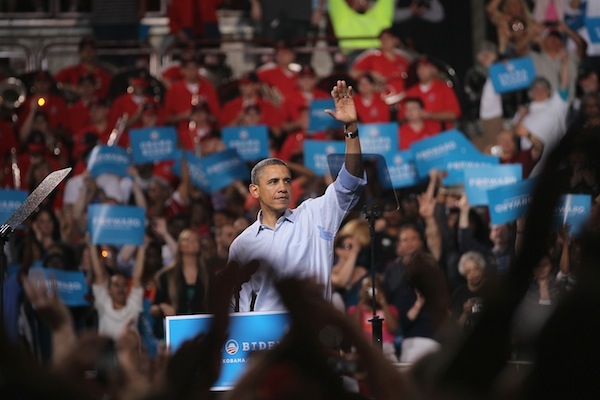Want to know how this year’s race for the White House will end? Then head over to the New York Times’s FiveThirtyEight page, where expert psephologist Nate Silver has just released his model’s forecast. What makes Silver’s analysis stand out from the rest is that it doesn’t just take into account the polls, but also economic indicators (including job growth, inflation and GDP forecasts) that help predict the outcome. And it doesn’t just forecast the national result, but also the result in each of the states — taking into account all sorts of state-specific factors such as previous vote shares and demographics. But perhaps the main strength of the model is that it knows its own weakness. It recognises the uncertainty in predicting the result — especially almost five months from Election Day — and hence includes margins of error for the state-by-state forecasts, and also presents its predictions as the probabilities of Obama or Romney winning.
Nate Silver presents a huge amount of detail about his forecast. There are, of course, the topline figures: the model gives Obama a 61.6 per cent chance of victory in November, and predicts that he’ll take 50.4 per cent of the popular vote and 289.5 electoral votes (he needs 270 to win). But beneath them, we can also discover which states are likely to take centre stage on election night.
Silver calls these ‘tipping point states’ and ranks them in terms of the likelihood that — in a close election — they give the winner his 270th electoral vote. In other words, they’re the states of which, on Wednesday 7 November, we’re most likely to be saying ‘If it had just gone the other way…’. Right now, the tightest-looking states are Ohio and Colorado. But neither of those is the top ‘tipping point’ state, as Obama could well win without either of them. Instead, it’s Virginia that’s most likely to make the difference between four more years of Obama and President Romney.






Comments